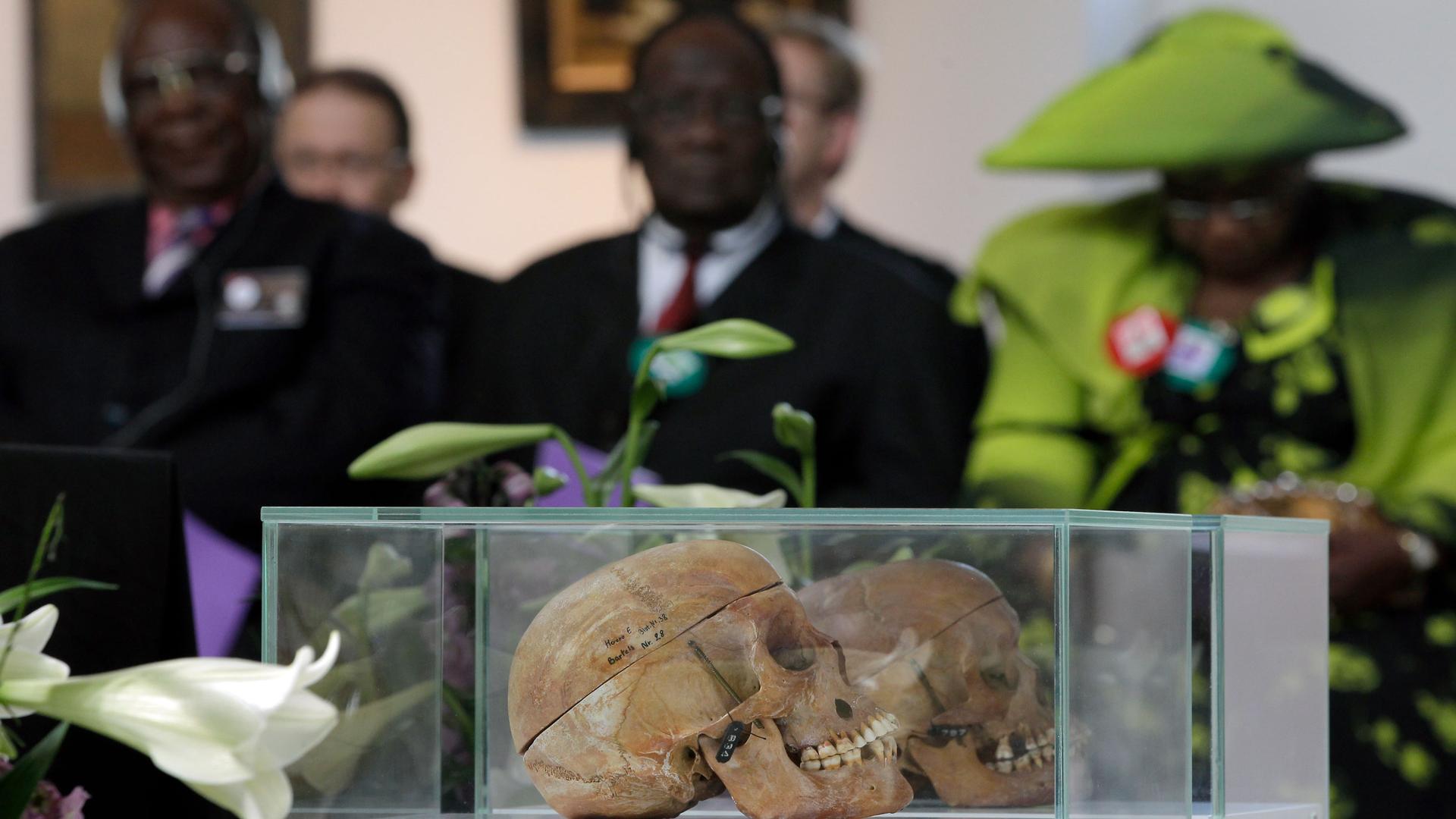Namibia
New project seeks to solve housing crisis using mushroom byproduct and troublesome weed
In Namibia, MycoHAB is hoping to solve two issues for the price of one: make use of a pesky plant known as the encroacher bush and deal with the country’s housing crisis. By harvesting the water-intensive weeds that encroach on farmland and combining them with a mushroom byproduct known as mycelium, MycoHAB founder and architect Chris Maurer creates bricks to build homes. The World’s Carolyn Beeler spoke to Maurer to learn more.
The largest-ever world wildlife conference made progress on stemming illegal wildlife trade
Every three years or so, the Convention on International Trade Of Endangered Species (CITES) meets to determine the best way to protect plants and animals traded across borders. The most recent meeting was deemed a great success by most of the participants.
How ‘big data’ could help stop the spread of Ebola
When it comes to containing an outbreak like Ebola, anticipating where it might spread next is crucial. Until somewhat recently, however, the only way to do that was through untimely census records. But with the proliferation of so-called “big data,” epidemiologists can track in real time where West Africans are headed — and where they might be spreading the disease.
How the sands of time have almost swallowed a German ghost town in the Namibian desert
French photographer Romain Veillon has a thing for taking pictures of abandoned places. And you can’t get much more abandoned than Kolmanskop, a German diamond mining town in Namibia that became a virtual ghost town in the early 1950s. Veillon visited Kolmanskop last summer, and returned to France with 4,500 photos of a place where time, but not sand, has stood still for decades.


